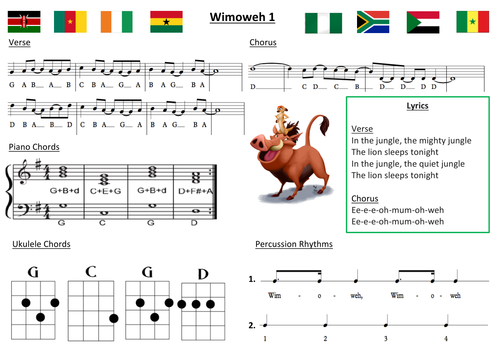Scott Riby's Shop
I am an NQT in secondary education; currently based in the North-East. I qualified during the 2015-2016 academic year. Holding a degree in music (Manchester Metropolitan University), a master's in studio composition (Goldsmiths, University of London) and master's in pedagogy (St. Mary's University, Twickenham), I also teach in further and higher education and have lectured at numerous institutions around the UK, including Teesside and Manchester.





